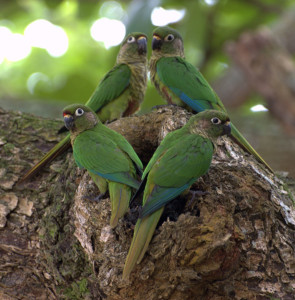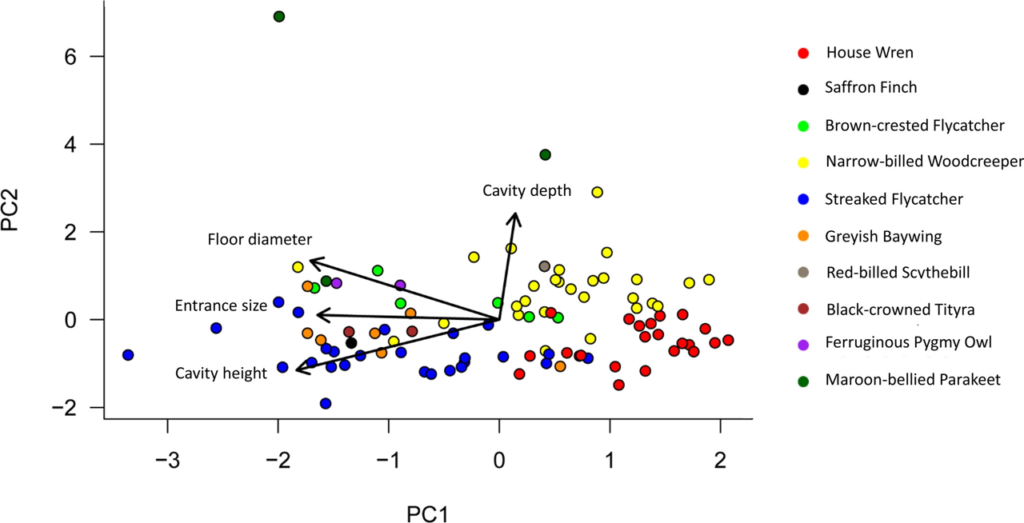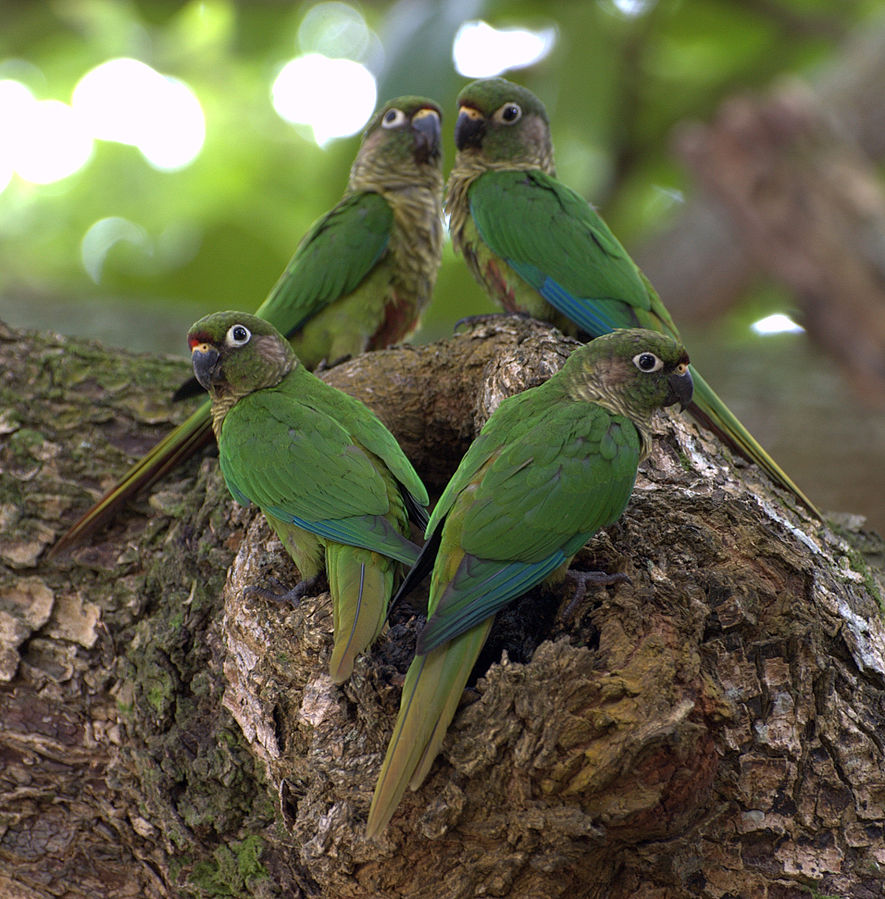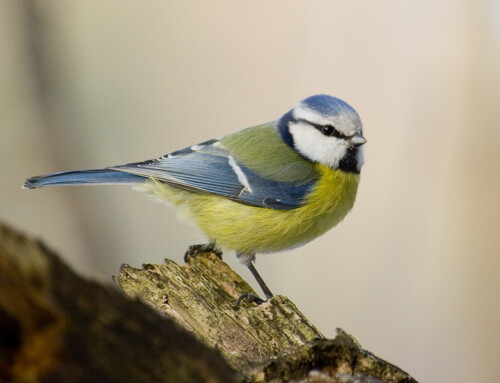 LINKED PAPER
LINKED PAPER
The role of body size in nest-site selection by secondary cavity-nesting birds in a subtropical Chaco forest. Di Sallo, F. G. & Cockle, K. L. 2022. IBIS. DOI: 10.1111/ibi.13011. VIEW
Buying a new house is not an easy decision. You have to consider numerous aspects, including the age and state of the building, the nature of the neighbourhood and the travel distance to your favourite shops or your office. Some bird species face similar challenges when they are looking for a cavity to nest in. About 13% of bird species are secondary cavity-nesters, meaning that they use pre-existing tree holes to build their nest in (Van der Hoek et al. 2017). But how do they decide on the most suitable cavity? To answer this question, Facundo Di Sallo and Kristina Cockly examined more than 300 tree holes in the Chaco National Park in Argentina.
Paired holes
During the breeding seasons from 2016 to 2019, the researchers scoured the forests in the national park for nesting cavities. Every time they encountered a used cavity, they looked for an unused tree hole within 25 meters. This paired design allowed them to pinpoint the aspects of the tree holes and the environmental conditions that characterize a suitable nesting cavity. Eventually, this search uncovered 17 cavity-nesting species, ranging from the small Saffron Finch (Sicalis flaveola, 15 grams) to the big Laughing Falcon (Herpetotheres cachinnans, 700 grams). Overall, these species preferred deep tree holes with small entrances – but still fitting their body size – that were located high above the ground in dead trees.

Figure 1. The selection of nesting cavities was mainly determined by their characteristics, such as height in the tree and entrance size. In this graph, the arrows indicate the effect of these characteristics. As you follow an arrow, its value increases. The colored dots represent the different species and are arranged relative to the arrows. For example, the Narrow-billed Woodcreeper (yellow) prefers deep cavities with a small entrance that are located lower on the tree.
Reproductive success
The choice for this type of cavity – deep hole, small entrance and high in the tree – is in line with previous work on tropical bird species, such as the Turquoise-fronted Amazon (Amazona aestiva, Berkunsky et al. 2016) and the Yellow-shouldered Parrot (Amazona barbadensis, Sanz 2008). Individuals that nested in cavities with these characteristics showed higher reproductive success. The smaller entrance and high location in the tree probably protect the nesting birds from predators and competitors (Wesolowski 2002). Interestingly, the environmental conditions of the nesting site, such as canopy cover or tree density, had little effect on the decisions of the birds. Apparently, tropical cavity-nesting species prioritize the state of their “house” over the neighbourhood.
References
Berkunsky, I., Quillfeldt, P., Brightsmith, D.J., Abbud, M.C., Aguilar, J.M.R.E., Alemán-Zelaya, U., … Masello, J.F. (2017). Current threats faced by Neotropical parrot populations. Biological Conservation 214: 278– 287. VIEW
Sanz, V. (2008). Análisis multiscalar y multivariado para evaluar la susceptibilidad de los nidos de psitácidos a la depredación: un ejemplo con la cotorra cabeciamarilla (Amazona barbadensis). Ornitologia Neotropical 19: 123– 134. VIEW
Van der Hoek, Y., Gaona, G.V. & Martin, K. (2017). The diversity, distribution and conservation status of the tree-cavity-nesting birds of the world. Diversity and Distributions 23: 1120– 1131. VIEW
Wesołowski, T. (2002). Anti-predator adaptations in nesting Marsh Tits Parus palustris: the role of nest-site security. Ibis 144: 593– 601. VIEW
Image credits
Top right: Maroon-bellied Parakeet (Pyrrhura frontalis) | Dario Sanchez | CC BY-SA 2.0 Wikimedia Commons
Blog posts express the views of the individual author(s) and not those of the BOU.
If you want to write about your research in #theBOUblog, then please see here




